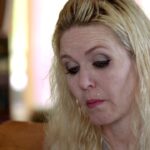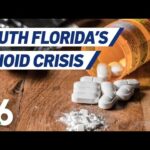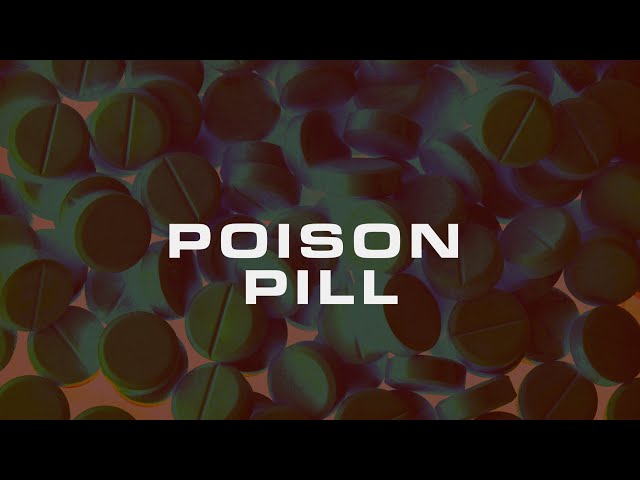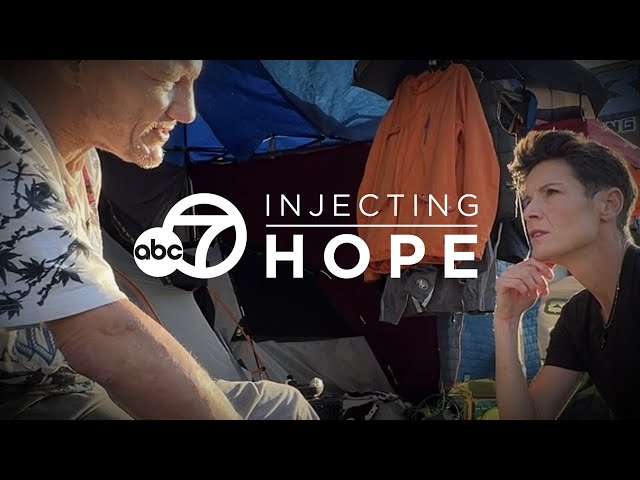Introduction
Bryan’s HOPE was founded by Jeannie Richards after she lost her son, Bryan, to a heroin overdose. Richards was hopeful that she could raise enough awareness and money to begin purchasing naloxone kits to hand out to local addicts and the Oakland County Sheriff’s Office. “Bryan, I’d like to think, was just like any other boy growing up, active, happy, healthy,” she says. “It wasn’t until he starting taking prescription Vicodin that he morphed into somebody that I didn’t know” (source). Unfortunately, she was diagnosed with stage 4 pancreatic cancer and passed away a year later in 2019. As a result, it appears that Bryan’s Hope is no longer active.
However, the messages in this documentary still stand. You’ll hear from Richards herself as well as other parents and family members who have lost loved ones. You’ll also listen to the stories of recovering addicts who have made it out of addiction, and professionals who work in this field. It’s an hour of simply listening – there’s nothing flashy about this documentary, it’s a straight shooter, so to speak. Everyone has something unique to offer, their own personal insight into the opioid crisis, the addictive strength of prescription medications, and the easy move from pills to heroin.
Watch Now!
After watching the following video, you are welcome to share your experience by providing a review of the resource.
Quotes
“This is not an inner-city disease. This is not a disease of the brain that is associated with any one socio-economic class. This disease affects everybody equally and if you have the correct chemical imbalance in your brain and you are exposed to that drug, you have set up to become addicted to whatever drug you’re abusing.”
“We have a tremendous epidemic in our community right now and if you look at the statistics, 2% of high school students are addicted to opiates and then carry that on into adulthood. We got 2-5% of adults addicted to opiates and the major opiates that are being abused in the area are not illicit drugs, it’s not heroin, it’s prescription medication.”
“In 1995 a lot of things changed in our society. I refer to it as ‘the perfect storm’. Congress went ahead and made it permissible for pharmaceutical companies to begin advertising, and so that was when we started to see the constant ‘there’s a pill for everything’. That really began to shift our societal norms. It made it okay to take a pill and you get those pills from your doctor who’s supposed to be a trusted individual as well.
We also began to see that there was some mismarketing. Purdue pharmaceuticals actually marketed one of the first big prescription pain drugs, oxycontin, which also came out around 1995 as ‘non-addictive’. So everyone was led to believe that it was okay to use oxycontin.”

“When you start using here’s the first thing that happens: you compromise who and what you are to to get more of what you want … you stigmatized yourself.”
JASON BUCHANAN
“It brought me down, weakened me for a long time. But I think at this point now I’m a stronger person than I was before and I have a greater appreciation for life and a greater understanding of how powerful addiction is.”
“When we put the patient into treatment, we start the patient on either suboxone or methadone, which totally eliminates the withdrawal symptom ontology and the craving. We simultaneously place the patient into intensive counselling which entails individual cognitive behavioural therapy and group therapy.”
“She straight down to the methadone clinic and it was amazing. She felt fine, she didn’t feel like she had to go run out and get the heroin, she didn’t have the cravings. She got a job, she got married, she got their own place, she got a car. I mean, she got her life.“
“I was very much like the addict…I was so addicted to my addict that I didn’t take care of myself. I can’t stress enough how important it is for you to take care of yourself.”
“Don’t ever make the mistake of thinking that it can’t happen to you.”
“As hard as you chase the dope, you have to chase your recovery harder. If it doesn’t come first everything else will fall apart.”
“Reach out to people because there are so many people that want to help.”
Continue Learning
Please view the following additional resources to continue learning about some of the topics discussed in this resource. If you have any suggestions, concerns or general comments, feel free to contact me as well!





